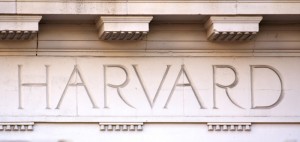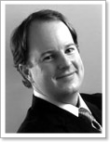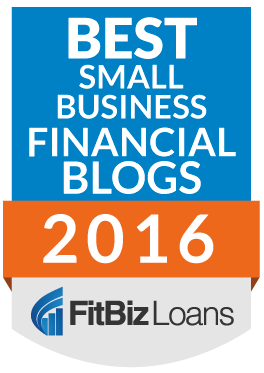 One magnificent place to spot trends (and things that are too trendy) is the Harvard Business School. There is a famous saying that someone should watch what newly minted Harvard MBA’s are doing and do the opposite — such as when all the MBA’s joined Internet start-ups in 1999. Sometimes that’s true and sometime one should really pay attention! This past weekend, I was back on campus at Harvard for my 10th year MBA reunion. The last time I was on campus for a reunion was 2007 when I remember John Whitehead (former all-everything in finance and Goldman Sachs) warning everyone of the credit problems in the economy and that we were due for a large correction in financial services. People also kept mentioning in amazement how much capital was flowing around the world. Those were trends I should have listened to more closely in 2007.
One magnificent place to spot trends (and things that are too trendy) is the Harvard Business School. There is a famous saying that someone should watch what newly minted Harvard MBA’s are doing and do the opposite — such as when all the MBA’s joined Internet start-ups in 1999. Sometimes that’s true and sometime one should really pay attention! This past weekend, I was back on campus at Harvard for my 10th year MBA reunion. The last time I was on campus for a reunion was 2007 when I remember John Whitehead (former all-everything in finance and Goldman Sachs) warning everyone of the credit problems in the economy and that we were due for a large correction in financial services. People also kept mentioning in amazement how much capital was flowing around the world. Those were trends I should have listened to more closely in 2007.
This year, there were a few thing that caught my attention:
- Interest in tangible assets. For me, it began with a presentation from the CEO of the Harvard Management Company that manages the $30 billion Harvard endowment, Jane Mendillo. She explained how the strategies of the endowment have changed over time and how they are allocating more capital to tangible assets such as assets involved in food production, energy, and water. It won’t be a huge percentage of the Harvard endowment, but it is a growing percentage (I forget exactly what she said, but I think she expects it to be 10-15% of their assets up from a negligible amount previously). The strategy began with timber investments some years back that have now been sold. And, it clearly seemed to be the place where Harvard felt they had an advantage over other investors because of their long-term time horizon and insight from the Harvard community. It also seemed they expected to get strong financial returns to allow them to outpace the market, sort of how their early and large capital allocations to private equity and hedge fund investments allowed them to beat the market for the last 20 years. It was obvious that she also felt that tangible assets would be a good hedge against inflation if inflation ever came to pass. It was also apparent in the schedule of sessions during the reunion that “real assets”, “energy”, and “tangible assets” tied for the largest number of sessions with technology and digital topics.
- Interest in Africa. Particularly from the private equity community, it was clear that there is a trendy interest in private equity investments and real asset investments in Africa. Even the Harvard endowment mentioned they have some assets in Africa.
- Direct business ownership through a purchase of a business (not including start-ups or purchases through investment funds) is still a small percentage of career choices. I know of 4 of us from our class (maybe that means there are 9-10 out of a class of 900) that have purchased direct ownership in small or medium size businesses. So, only 1% of our class purchased businesses. As I talked with people about how things are going, nearly everyone made some comment about how small businesses are the key to improving US employment rates. And I suppose it may be true — all of the investments of Greybull Stewardship are adding employees as is the National Holistic Institute. I also expect that more and more of our class will look to buy businesses over the coming years as that is what has happened to other MBA classes as they get older.
I must also just give kudos to Harvard Business School for organizing a great reunion. As an organization, they know how to do things well that helps all of us have a warm feeling about HBS, our experience there, and especially our classmates.


 I am an investor at Greybull Stewardship, an
I am an investor at Greybull Stewardship, an 
 Sign Up
Sign Up RSS Feed
RSS Feed
By 50th Post Since April -- How am I doing? - Mason Myers Blog September 20, 2012 - 7:42 pm
[…] Trend-Spotting at Harvard Business School [June 4, 2012] that has observations from my reunion this year. […]